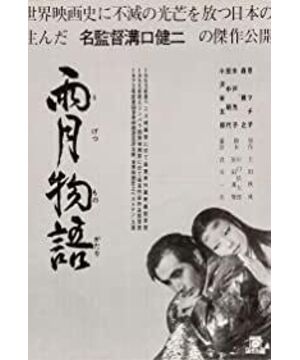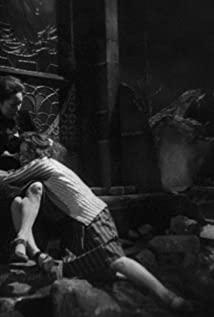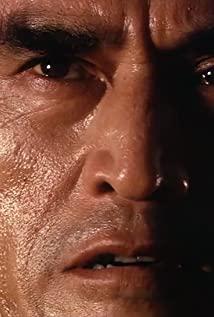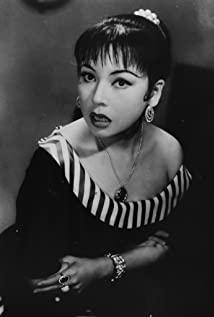When I just finished watching it, I didn't feel much emotion in my heart, but I just thought that this lens is really beautiful, and the use of this lens is really easy.
Similar to "The Legend of the Mountain", both involve ghosts and monsters. The difference is that this one seems to be more lifelike. This is probably inseparable from those low-position shots.
The most comfortable and impressive use of the lens is those long shots that move slowly laterally. Every time I look at this shot, the viewing rhythm is limited, forcing the viewer to watch the picture at that speed, and second, there is a kind of beauty of scroll painting, as if it is slowly unfolding.
Later, when I learned that this was a finished film from the 1950s, I found it even more interesting. At that time, the Japanese director and team had reached such a level. I heard that at that time the director asked the actors to play in a realistic way according to their own requirements and understanding, without setting limits, which made it more interesting.
Although the story seems relatively simple now, and the narrative lines are not lacking in confusion. After all, two stories are connected in series, and they try to fit the anti-war sentiment in the historical background at that time, but it cannot be denied that this is a very worthy of appreciation. .
In addition, Mizoguchi Kenji's realistic concern for depicting the real situation of Japanese women has never stopped. The aesthetics of the shooting techniques in the film and the authenticity of the actors' performance and narrative are worthy of reflection and learning by today's filmmakers.
When technology has advanced so much, where are we?
The uniqueness of human beings is not just the manipulation hidden behind the technical curtain, but the leadership and awareness that always precedes the technology.
View more about Ugetsu reviews










